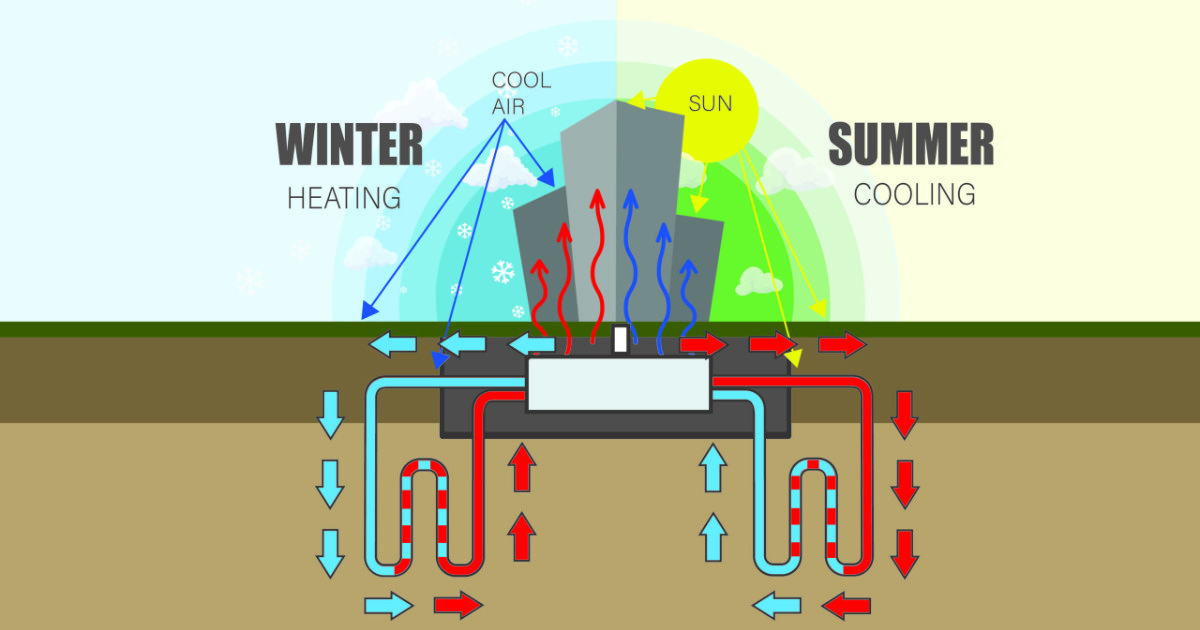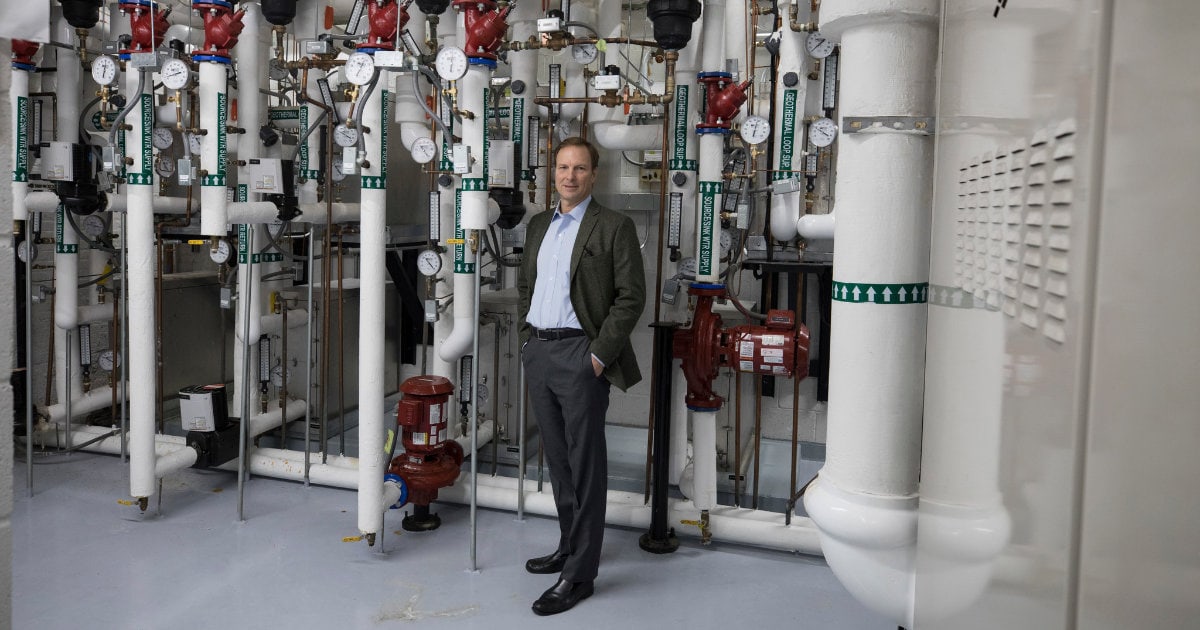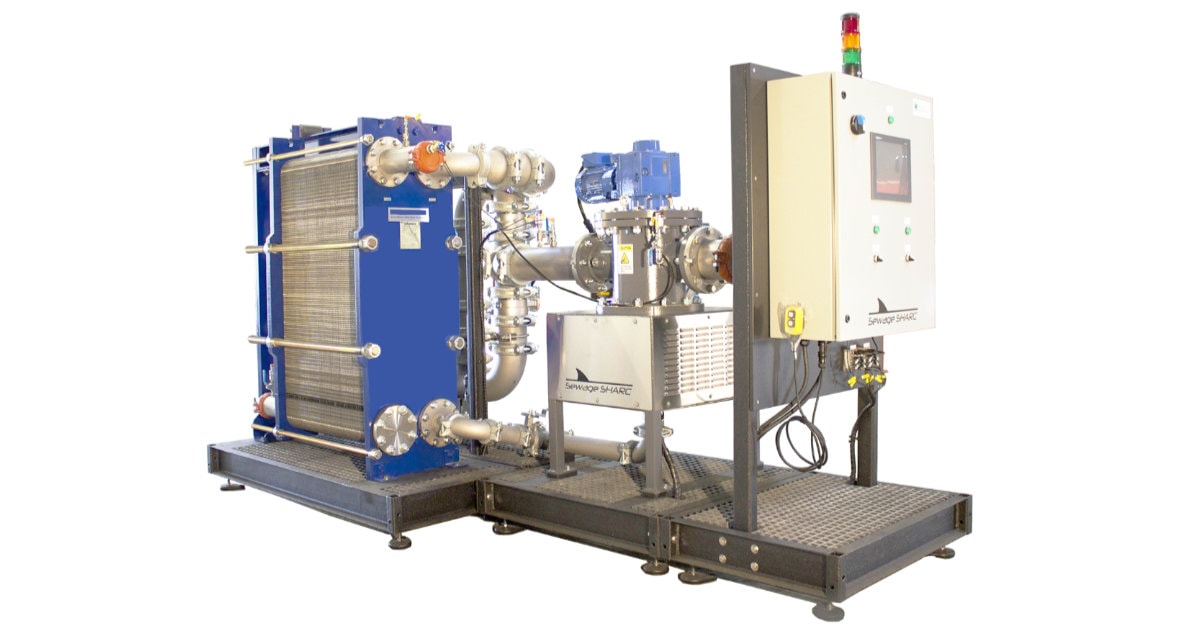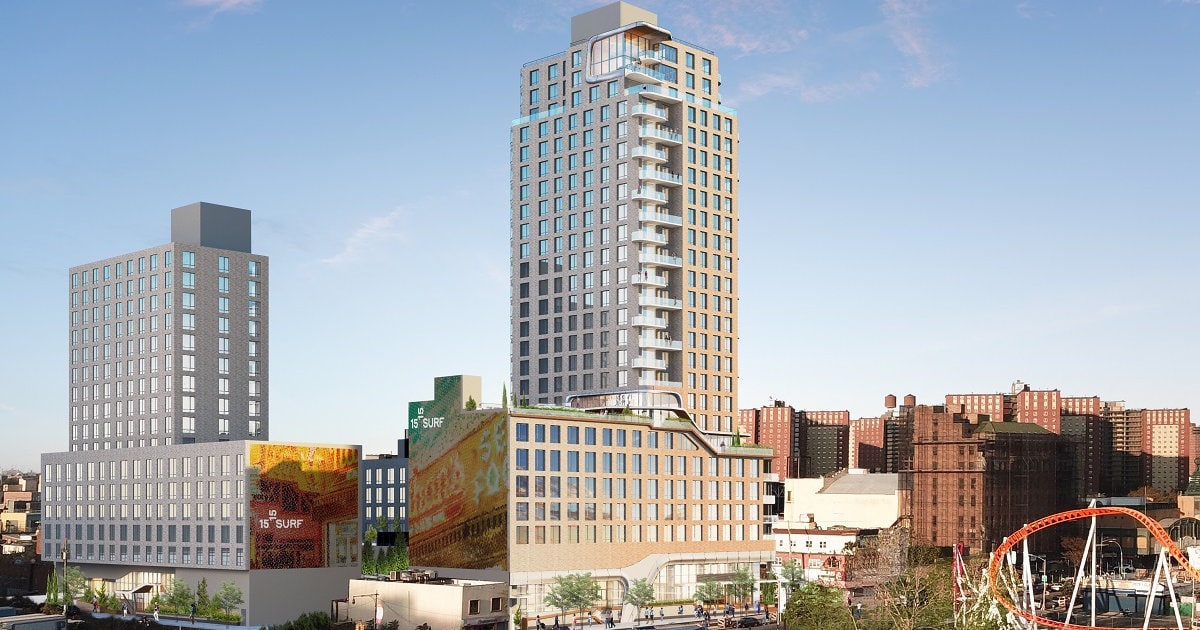In a pioneering move for New York City, a 16-story building on Coney Island has become the first multi-family structure to use geothermal energy. Located at 1515 Surf Ave, this impressive tower comprises 463 units, marking a significant stride in the city’s journey towards renewable energy sources.
The concept behind the geothermal system is to leverage the earth’s natural heat stored below ground. This heat will serve to regulate the building’s temperature and fuel its water systems, all without requiring any fossil fuel-powered equipment. The transformative power of this technology lies in its ability to support the building’s essential functions using renewable energy.

LCOR, the developer of this ambitious project, joined forces with Ecosave, an energy conservation company, to design and implement the geothermal system. The anticipated outcome is a reduction in the building’s carbon emissions by more than 60%. This accomplishment would be a considerable victory, especially for larger buildings like co-ops and condos, as they prepare to meet the emission caps imposed by Local Law 97 next year.
Ecosave has previously demonstrated its capabilities with a $6.1 million project at The Hebrew Home at Riverdale in the Bronx. The extensive project included a gas-fired power plant and LED lighting, replaced 245 fan coil units, improved ventilation systems, installed smart sub-meters, and more. Their annual service fee was balanced by remarkable energy savings of 32% or $769,000 a year, offering the client a net gain of $86,000 annually at no upfront cost.

While other forms of renewable energy like wind, solar, hydroelectric, and nuclear typically dominate the conversation, geothermal energy is slowly gaining traction in New York City. Landmarks such as St. Patrick’s Cathedral have already installed geothermal systems, and the significant Amalgamated Housing Cooperative in the Bronx has received a $100,000 grant from the Empire Building Challenge to further its green initiatives.
In the quest to decarbonize high-rise buildings, this co-op will work alongside En-Power Group and Egg Geo, utilizing SHARC Energy’s technology. They aim to marry two renewable energy sources – geothermal and wastewater energy transfer (WET) to create a carbon-neutral system. This innovative solution would provide heating, cooling, and domestic hot water for the 316 units in Towers I and II of their 13-building complex, aiding them in their compliance with Local Law 97.

Once finished next year, the Coney Island project will host the largest active geothermal system in the city’s history – until the completion of Greenpoint’s 1 Java Street project in 2025. This massive development will consist of five buildings housing 830 rental units, making it the largest all-electric multi-family geothermal project in the state.
Among the future net-zero projects in New York, Arverne East holds a significant place. This mixed-use, sustainable development project in Far Rockaway, Queens, will offer 1,650 apartments, the majority being affordable, along with a nature preserve. It will incorporate multiple sustainability measures, including geothermal heating and passive house design, making it one of the country’s most sustainable developments upon completion.
New Yorkers are now discovering the multifaceted ways to adhere to Local Law 97, and geothermal energy projects, such as the one at 1515 Surf Ave, are paving the way towards a greener city.
Frequently Asked Questions About Geothermal Multi-Family BuildingS
Geothermal energy in residential settings leverages the steady temperatures beneath the earth’s surface. It involves the installation of a geothermal heat pump system that utilizes pipes buried in the ground. During winters, the system extracts heat from the ground and pumps it into the building. Conversely, during summers, the system pulls heat from the building and discharges it into the ground. This makes geothermal energy a reliable and efficient option for home heating and cooling.
Geothermal energy in residential settings leverages the steady temperatures beneath the earth’s surface. It involves the installation of a geothermal heat pump system that utilizes pipes buried in the ground. During winters, the system extracts heat from the ground and pumps it into the building. Conversely, during summers, the system pulls heat from the building and discharges it into the ground. This makes geothermal energy a reliable and efficient option for home heating and cooling.
Source
Ecosave: Website
